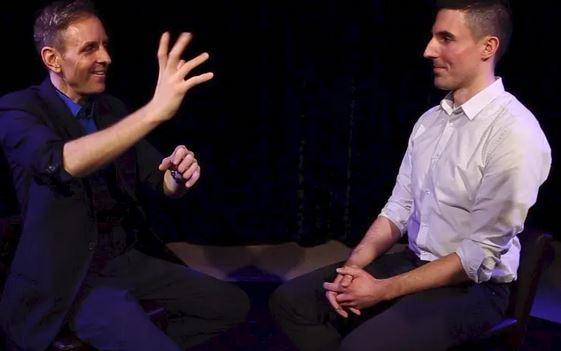Muscle Reading

Muscle reading (also known as muscle reading, muscle testing, ideomotor skills, or in English, muscle reading) is a fascinating technique that uses unconscious muscle movements to draw conclusions about another person's knowledge or thinking.
Depending on the context, there are two main types:
🧠 1. Muscle reading as a show or mental trick
This is a technique often used by mentalists, magicians, or mind readers in shows – it seems like telepathy, but can be explained psychologically.
🔍 How does it work?
The "reader" holds the subject's wrists or hand, for example.
The subject thinks intensely about a place, object, or direction.
The reader interprets microscopic muscle tensions that occur when the person moves internally or concentrates on something – without realizing it.
For example, the reader can... For example, they can seemingly "blindly" find a hidden object, based solely on the person's unconscious signals.
🎩 Example:
"Think very firmly of the hiding place – I'll guide you there."
And indeed: The reader finds it. But not through magic – but through the subtlest muscle impulses given by the subject themselves.
✅ Scientifically explainable:
The whole thing is based on the ideomotor effect – unconscious, minimal muscle movements triggered by thoughts or ideas. (This is also discussed in pendulums or Ouija boards.)
🔬 2. Muscle Reading in Kinesiology (e.g., in coaching or esotericism)
In applied kinesiology, muscle reading is used as a "muscle test" to:
Identify emotional blockages
Test for allergies or intolerances
Determine subconscious responses
🧪 How does it work?
The client holds their arm outstretched.
The therapist asks a question or places a food item, for example, into the energy field.
Then the therapist applies pressure to the arm – if the muscle is "strong," it's considered a positive sign; if it's "weak," it's considered a negative sign.
It's said: The body knows the answer – even if the mind is still unsure.
⚠️ Criticism:
Muscle testing in kinesiology is not considered scientifically valid.
They are extremely susceptible to suggestion, expectation, and influence – especially by the test administrator.
Nevertheless, they are frequently used in coaching, alternative medicine, and spiritual work.
Conclusion:
Contextual significance of muscle reading
🎩 Mental trick: reading unconscious muscle reactions, acts like mind reading
🔬 Kinesiology muscle testing to detect stress, blockages, and responses from the subconscious

